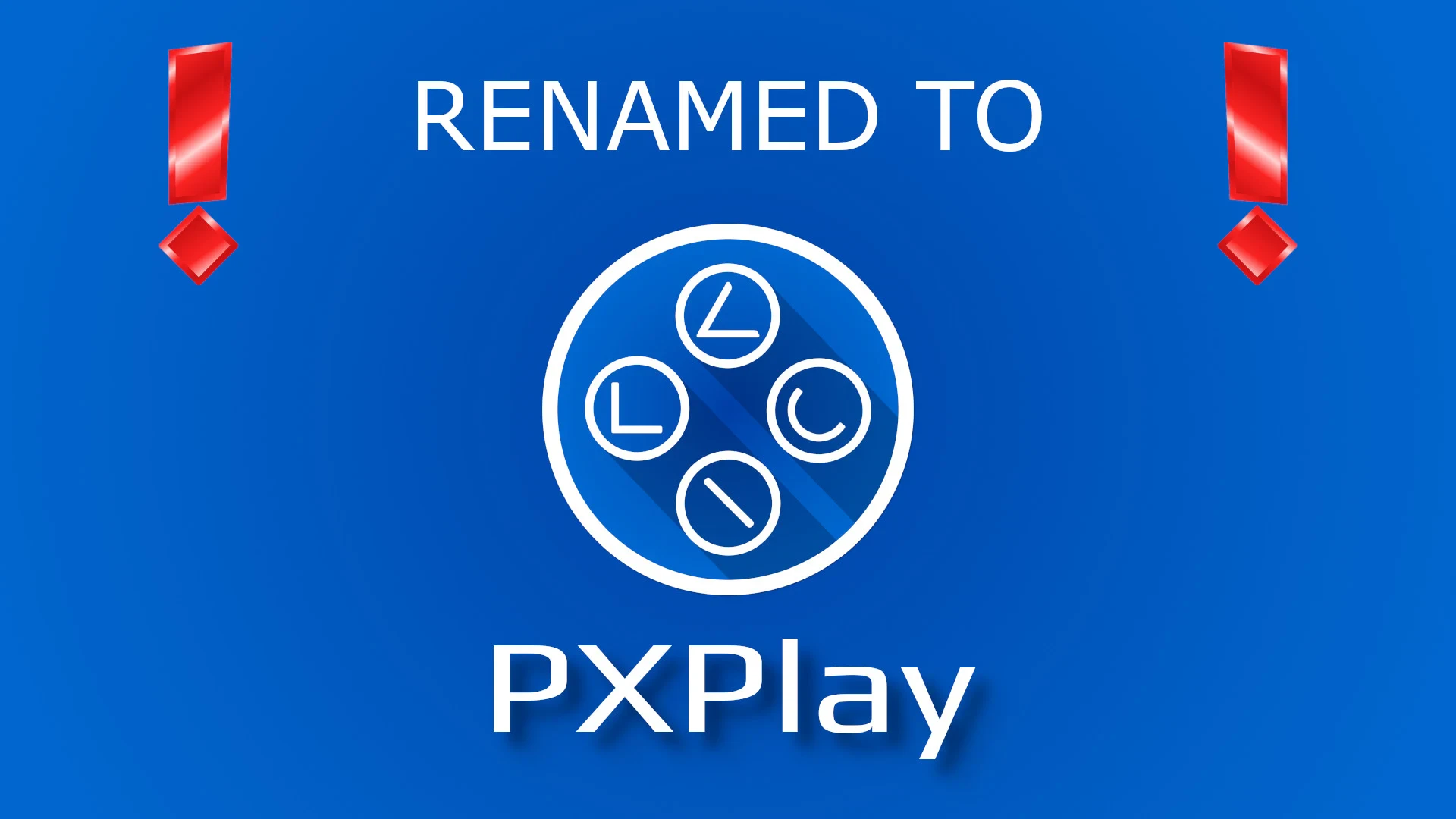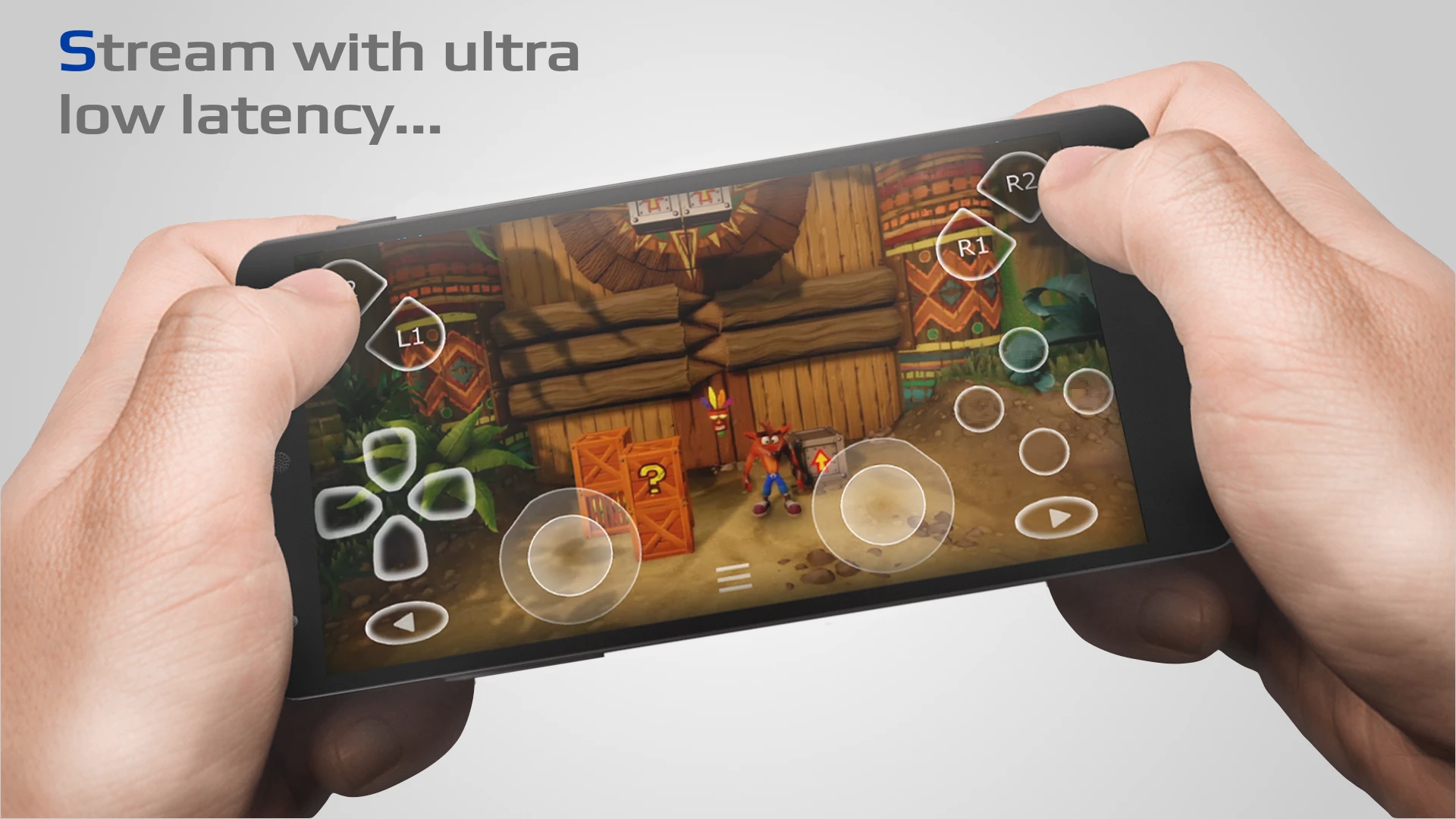Physical Address
304 North Cardinal St.
Dorchester Center, MA 02124
Physical Address
304 North Cardinal St.
Dorchester Center, MA 02124
 |
|
| Rating: 4.7 | Downloads: 100,000+ |
| Category: Tools | Offer by: Stream Game Dev |
PXPlay: Remote Play provides powerful remote play capabilities, enabling users to stream, control, and manage media and applications across different devices securely and efficiently. This versatile app acts like a remote control, transforming your gadgets into a cohesive extension of a central hub for accessibility and convenience. It’s designed for tech-savvy users and households seeking seamless connectivity across their diverse digital ecosystem.
The core appeal lies in its ability to turn your smartphone, tablet, or laptop into a remote control and monitor, eliminating the need for physical proximity. PXPlay: Remote Play significantly simplifies managing tasks and accessing content from anywhere, whether at home, work, or on the go, offering practical solutions for managing a connected lifestyle.
| App Name | Highlights |
|---|---|
| TeamViewer |
A highly versatile remote access solution for IT, home, and entertainment. Blends professional control with consumer ease, compatible with diverse operating systems and hardware setups. |
| Teamviewer |
Designed for simplicity and secure mobile-first usability. User-friendly with guided steps for connecting devices and clear progress visuals. Handles multiple concurrent connections with ease. |
| Dell Remote Display |
Natively integrated for specific hardware but functions as direct remote access. Offers robust synchronization features, exception handling, and hardware acceleration reducing dependency on traditional emulators. |
Q: How do I connect to a media player app located on another monitor using the app?
A: Navigate to the Media section in your client interface and select the target app (e.g., Plex, Spotify Connect). Enter the PIN code displayed there or consult your source monitor’s sharing settings. You can watch content using input mirroring, adjust playback via controls, and receive previews of the source interface if mirroring.
Q: What input methods does PXPlay: Remote Play support for controlling a source monitor? For instance, I want to use mouse movements missing sensitivity.
A: PXPlay supports a range of controls including on-screen remote emulators, keyboard mapping, gamepad profiles, and lesser-known combinations including raw touch input. Mouse movement sensitivity can usually be adjusted in the Screen Control settings, fine-tuning acceleration and cursor speed.
Q: What is the range of supported source devices for remote play? Will it work with older hardware like Netgear’s Spotlight portal players? Will it work with older hardware like Netgear’s Spotlight portal players?
A: PXPlay requires outgoing connections from source devices. Compatibility is extensive but primary support goes to modern headless media servers, routers with UPnP-ALG enabled, and monitors/laptops capable of outputting high-resolution streams. While designed for newer network hardware, some users have successfully connected legacy devices using custom firewall and device profile settings.
Q: Do I need a costly subscription or is the software completely free for use? Are there persistent Limitations without payment? Are there persistent Limitations without payment?
A: PXPlay offers a fully functional base version completely free. Some premium features for multi-view monitoring or USB connection are part of advanced plans, typically offering servers more control and bandwidth options, but core remote management capabilities remain accessible without cost.
Q: The app seems very feature-rich, but is it suitable for users with basic needs, like simply viewing a TV screen remotely via a simple connection method?
A: Absolutely! PXPlay is scalable from simple viewing to advanced control. You can configure a new link connection from your source TV to utilize only the Media Viewer feature. This provides an intuitive UI focused entirely on displaying the TV screen content with minimum interaction required.
 |
 |
 |
 |